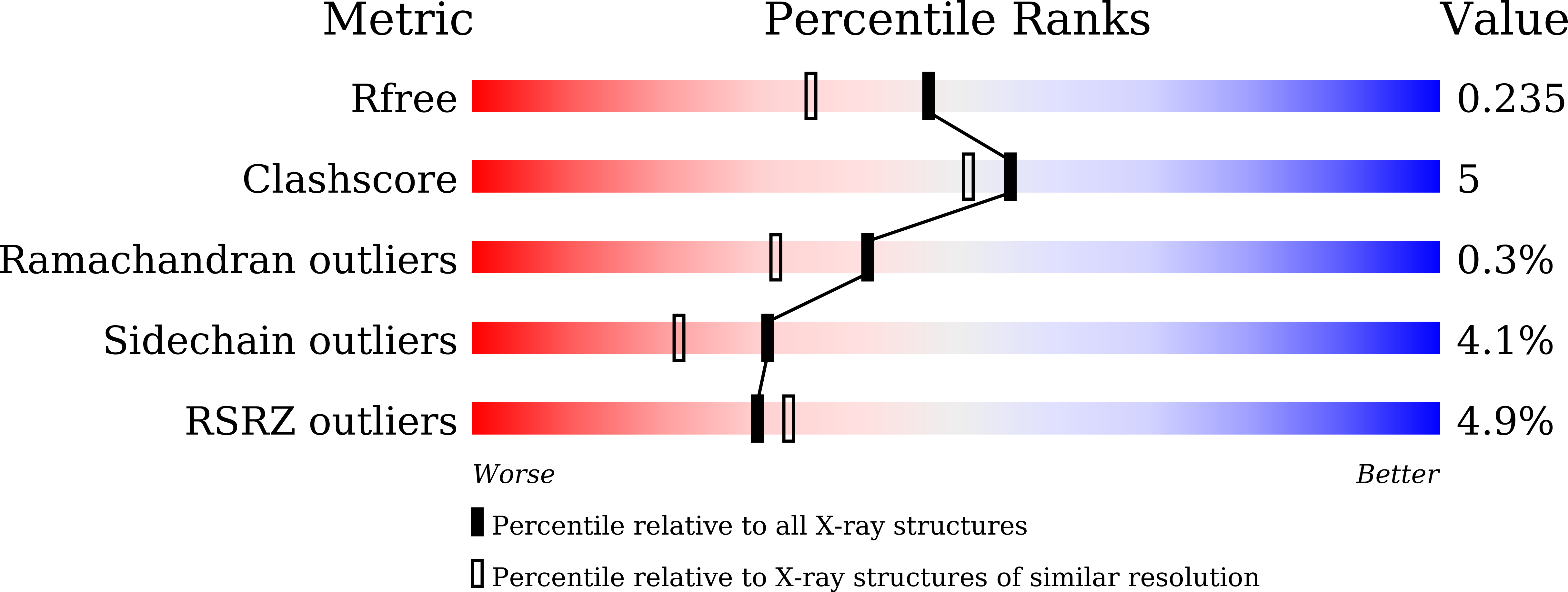
Deposition Date
2022-06-22
Release Date
2022-08-31
Last Version Date
2023-11-29
Entry Detail
PDB ID:
7Y7U
Keywords:
Title:
Dimeric structure of a Quorum-Quenching metallo-hydrolase, LrsL
Biological Source:
Source Organism:
Labrenzia sp. VG12 (Taxon ID: 2021862)
Host Organism:
Method Details:
Experimental Method:
Resolution:
1.89 Å
R-Value Free:
0.23
R-Value Work:
0.19
Space Group:
P 41 3 2


